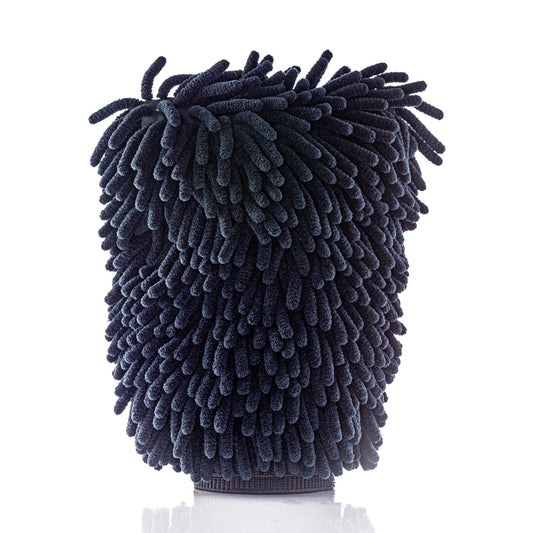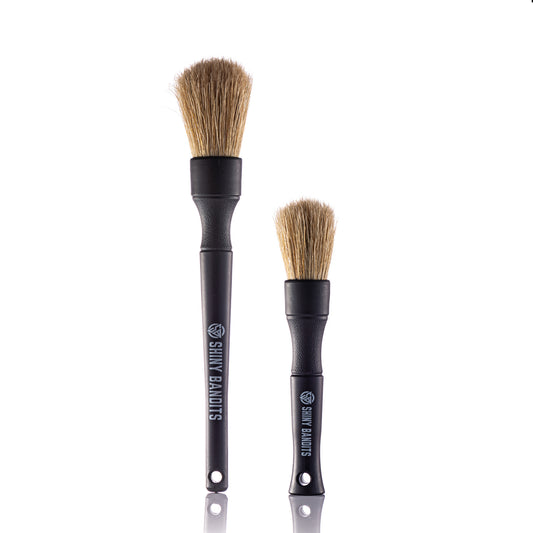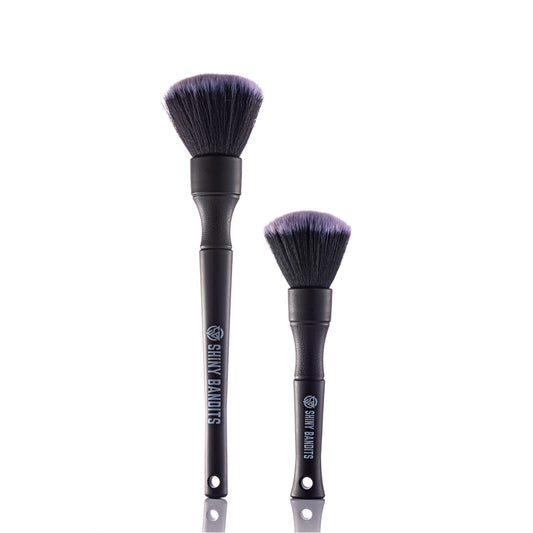Bij de meeste keramische spray-on coatings die tegenwoordig voor consumenten verkrijgbaar zijn, vormt siliciumdioxide (SiO₂) de basis. Dit materiaal zorgt voor de beschermende eigenschappen waar keramische coatings zo bekend om staan.
SiO₂ vormt tijdens het uitharden een netwerk van herhaaldelijk gekoppelde moleculen. Deze verbindingen vormen een soort vierkant polymeerrooster, een stabiele structuur die zorgt voor stevigheid en langdurige hechting op het lakoppervlak.
Dit “grid” van sterke enkelvoudige bindingen draagt bij aan:
Duurzame bescherming tegen chemicaliën, UV-straling en vervuiling
Verbeterde krasbestendigheid
Een glad, waterafstotend oppervlak dankzij de hydrofobe eigenschappen van SiO₂
Langere levensduur dan traditionele waxlagen
Door deze stabiele moleculaire opbouw biedt een SiO₂-coating een harde, beschermende laag die het autolakoppervlak langdurig verzegelt en zichtbaar verbetert.
Keramische coatings op basis van SiO₂ zijn breed beschikbaar, betaalbaar en leveren een uitstekende balans tussen bescherming, glans en gebruiksgemak – ideaal voor wie zijn voertuig wil beschermen zonder de kosten van professionele coatings.




